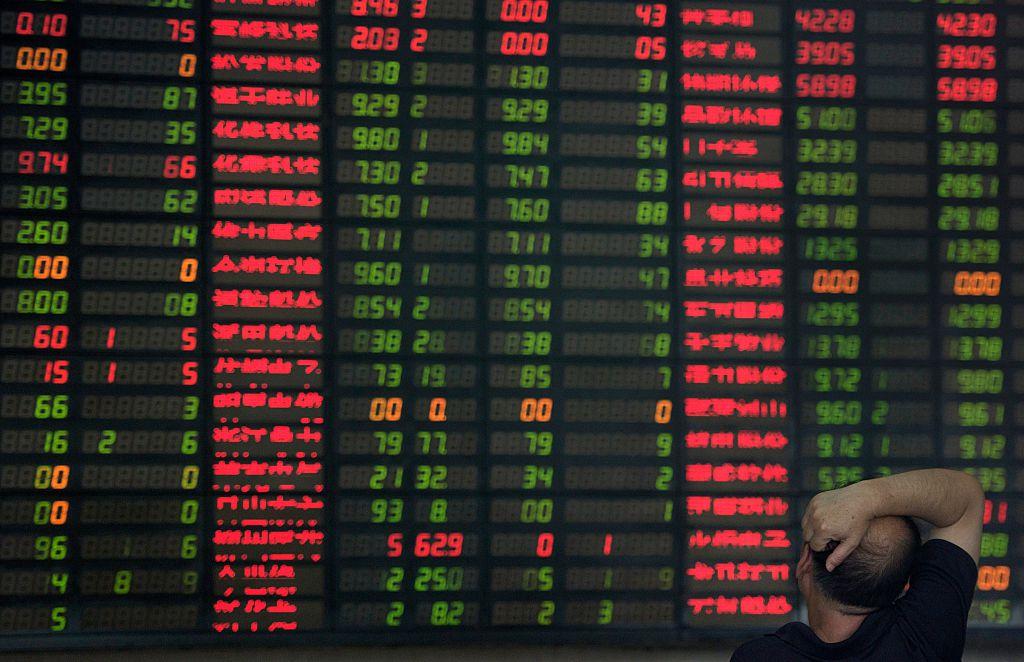The Chinese economy has grown rapidly over the past decade, but in recent years, revelations about how the Chinese regime has exaggerated data suggest that the health of China’s economy has been overstated.
On June 20, a Chinese official revealed that thousands of Chinese companies have submitted fraudulent performance figures. Sometimes, the Chinese authorities were the ones driving these companies to inflate their figures, according to Wang Dongming, deputy head of the standing committee of National People’s Congress (NPC), China’s rubber-stamp legislature.





